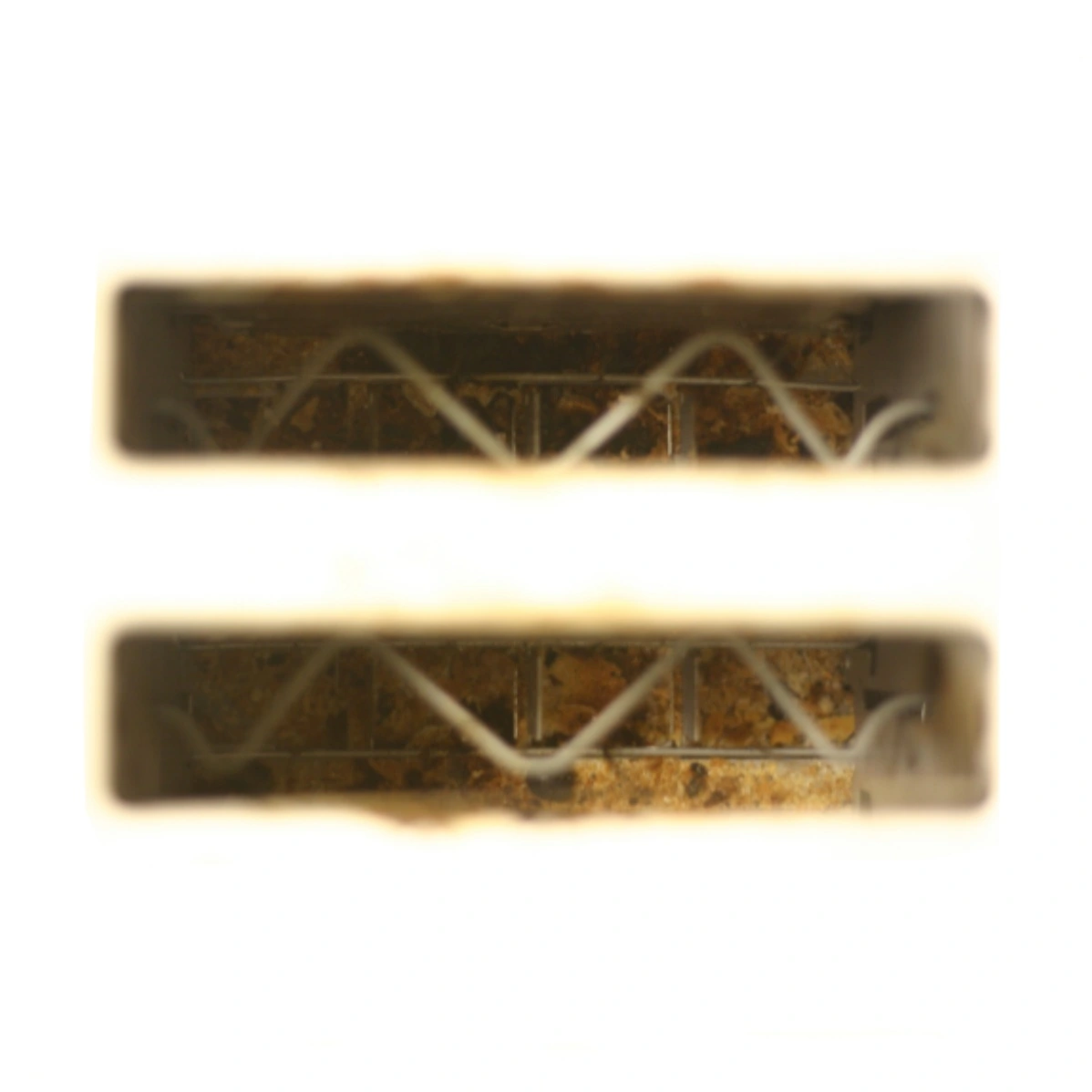“(added 2017) Reminder: It appears likely that all recent commercial color laser printers print some kind of forensic tracking codes, not necessarily using yellow dots. This is true whether or not those codes are visible to the eye and whether or not the printer models are listed here. This also includes the printers that are listed here as not producing yellow dots.
This list is no longer being updated.”
THANK YOU FOR THE YELLING OF THIS INFORMATION. I CLEARLY WOULD HAVE OVERLOOKED IT LIKE FAINT YELLOW DOTS BUT YOUR CAPS HAVE HELPED ME BETTER APPRECIATE THE CONTENT.
Tʜᴇ ᴄᴏᴏʟ ᴋɪᴅs ᴜsᴇ sᴍᴀʟʟ ᴄᴀᴘs.
nocaps fr fr
That’s one simplification I think English could use. Having separate lower and uppercase glyphs is an additional complexity that isn’t really needed. Languages with Cyrillic do just fine with it.
True until you get to italics or handwriting. O_o
that’s how i’ve been writing since about college, I think. My printed handwriting I mean - I so large/small caps only. It’s so much easier to read. but also my handwriting sucks.
It’s was a copy-and-paste from the website, and I fixed it within a minute of commenting. Crazy that you caught it in time.
Federation delays be like that
I wonder whether whether it’s possible to render this effectively useless in software by just adding more yellow dots to the image.
Like, can I just cover every non-yellow pixel with a yellow pixel at the same intensity as the tracking dots have? Yeah, maybe it gives my image a faint yellow cast, but…
EDIT: Yup, apparently it is.
https://en.wikipedia.org/wiki/Machine_Identification_Code
Protection of privacy and circumvention edit
Copies or printouts of documents with confidential personal information, for example health care information, account statements, tax declaration or balance sheets, can be traced to the owner of the printer and the inception date of the documents can be revealed. This traceability is unknown to many users and inaccessible, as manufacturers do not publicize the code that produces these patterns. It is unclear which data may be unintentionally passed on with a copy or printout. In particular, there are no mentions of the technique in the support materials of most affected printers. In 2005 the Electronic Frontier Foundation (EFF) sought a decoding method and made available a Python script for analysis.[20]
In 2018, scientists from TU Dresden developed and published a tool to extract and analyze the steganographic codes of a given color printer and subsequently to anonymize prints from that printer. The anonymization works by printing additional yellow dots on top of the Machine Identification Code.[1][2][3] The scientists made the software available to support whistleblowers in their efforts to publicize grievances.[21]
That makes it even more annoying. If printer manufacturers aren’t going to defeat that, I’d kind of rather that they not have the yellow dots at all.
deleted by creator
Username checks out!
True story: I bought my current printer from a homeless man. I had actually found the printer in a box that someone had left on the curb across the street the night before, so I knew it wasn’t stolen. I was going to take it home but was walking away from home at the time and didn’t get a chance that night. The next day I saw it with the homeless man across the street and offered to buy it.
Man, that makes me mildly uncomfortable, I don’t like that my printer is a spy.
I used to run a digital press that did this. It also made the print quality worse.
This is why they won’t let you print black and white without cyan or yellow!?
Yes, assuming your printer has a black cartridge. (Otherwise, it’s because it legitimately needs all the colors to reconstruct a shitty black – I don’t know if they still make printers like that, though.)
Using C,M,Y in addition to black makes “rich black” in printing applications. Without the K or black component the best you can do is a dark brown.
You don’t need to use additional colors other than K for black, but they do make it a deeper more rick black.
Really only applies when you are printing photographs or high quality images. For text, its a rip off the uses more ink.
“Rich black” in CMYK is one thing, but not what I was talking about. Am I misremembering that some really old inkjets used to be just “CMY” (or maybe a slightly different set of three pigments, but either way no K) where they had to mix all three to get an approximation of black, and do any like that still get made?
(It’s been long time since I’ve paid attention to any kind of printers other than lasers, LOL.)
Outdated list.
tl;dr assume all modern printers have some form of tracking
Hell, printers had this tech in 1990
But how safe from tracking would black and white lasers be? There is no evaluation at all on the chances.
Step 1. Figure out what type of pattern your printer uses.
Step 2. Introduce noise in every print that’s undetectable to the eye, but completely ruins the forensics.
Step 3. Send ransom letters.
Lemmings, try your best to answer this question, if we’re not able to print stuff privately it means we are doing everything else for nothing
TU Dresden Article about it. https://tu-dresden.de/ing/informatik/sya/ps/chair/news/geheime-daten-auf-dem-druckpapier-diplominformatiker-der-tu-dresden-entwickeln-verfahren-gegen-druckerueberwachung
It has a link to the App that decodes, what being embedded in the print and anonymize the prints, by scrambling the yellow dot patterns. https://dfd.inf.tu-dresden.de/
Can anyone list dell ones that don’t, im to lazy to read
edit: theres none, anyone know in general dell ones that don’t?
No. They all do.











